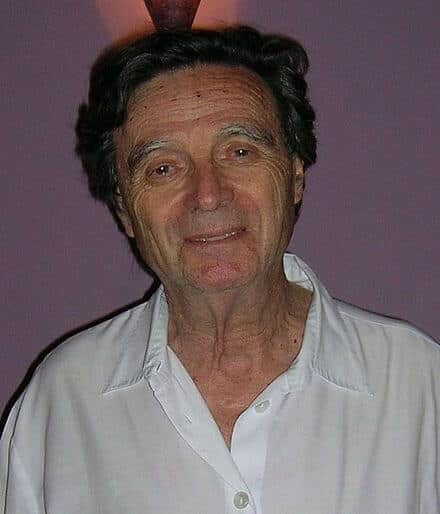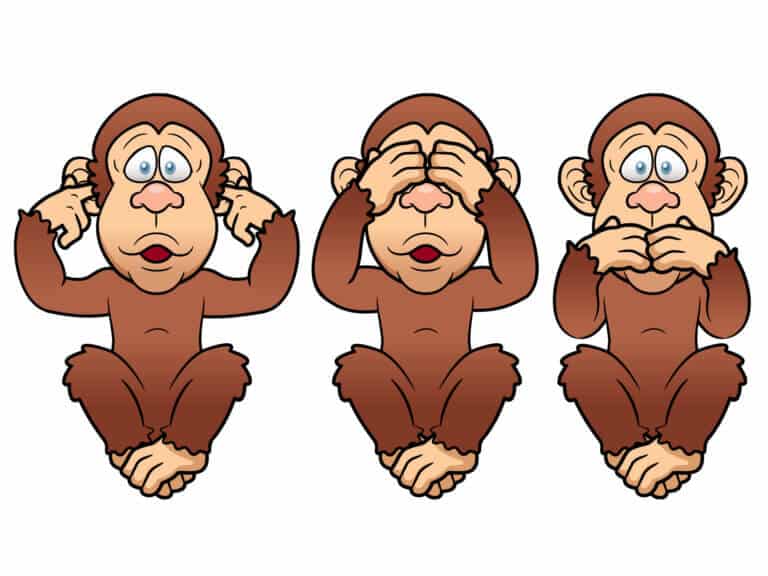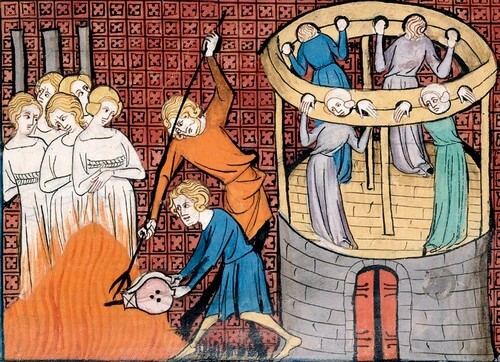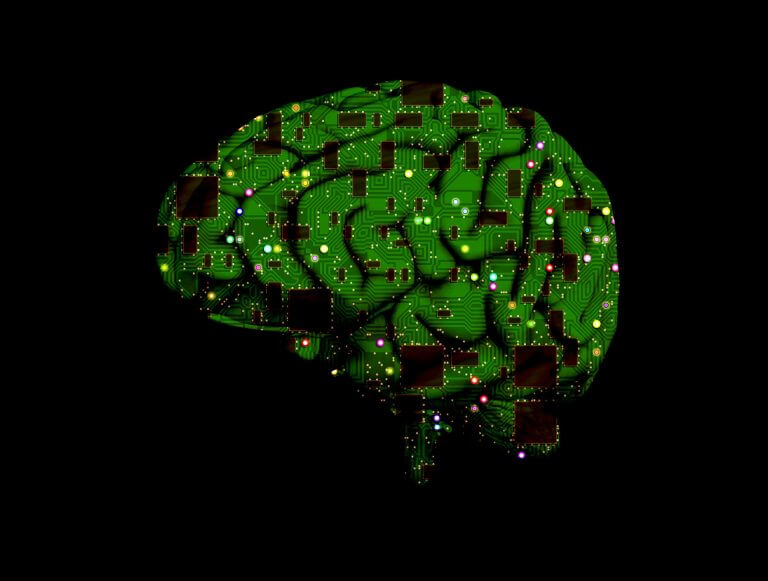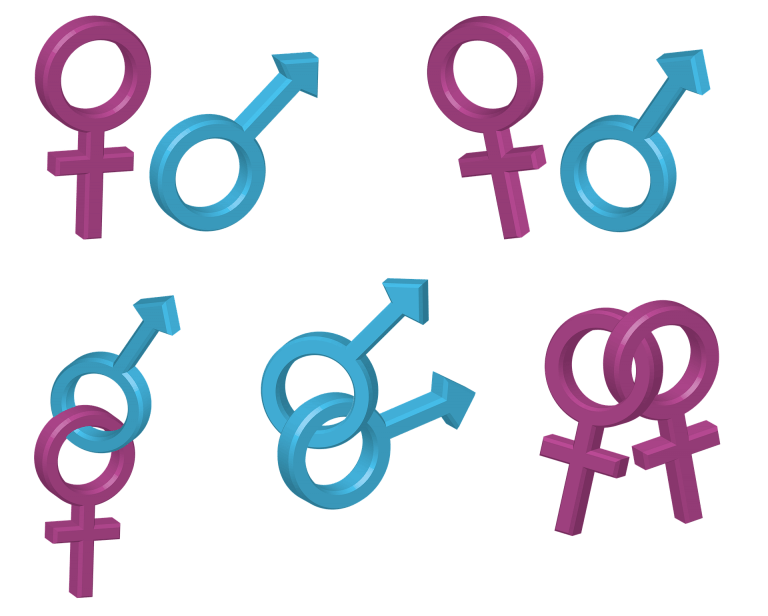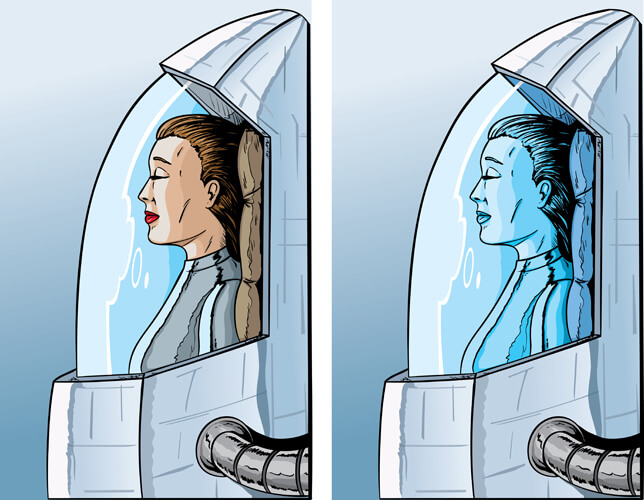Hayadan > Society and history > The skeptic > Personal columns of skeptics
Personal columns of skeptics
- Avi Blizovsky
- December 24, 2023
- 10 תגובות
This is according to a comprehensive survey published by the PEW Research Institute. The worst situation is among the voters of the Republican Party, but also among the Democrats, the majority who still show confidence in science is shrinking
- Avi Blizovsky
- October 23, 2023
- 4 תגובות
It has been 30 years since a group of scientists led by Carl Sagan found evidence of life on Earth using data from instruments aboard NASA's Galileo space probe and only combining instruments while ignoring existing knowledge made this possible
- Nir Lahav
- July 21, 2023
- 6 תגובות
This week's decision to cancel the status of the women's lobby brought to attention the difference between those who take a rational position and populists who are based mainly on shouting and subjugation
- Nir Lahav
- January 28, 2023
- 6 תגובות
Agassi was born and grew up ultra-Orthodox and left the religion in adolescence. Considered the senior philosopher in Israel and was a student of Karl Popper. He asked to change the nationality on the identity card from Jewish to Israeli and was refused
- Nir Lahav
- January 27, 2023
- 10 תגובות
In the 18th century, the process of turning monarchies into democracies began, but it still took many years for blacks and women to get basic rights
- Nir Lahav
- January 24, 2023
- 16 תגובות
All over the world, including in Israel, there seems to be a wave of populist governments that oppose what are known as Western values - freedom, equal opportunities and globalization (of which science is one of the successful examples). Nir Lahav reviews the development process of these values and why they are threatened now
- Ehud Amir
- June 29, 2022
- 30 תגובות
What is the connection between the conspiracy theory about COVID-XNUMX and vaccines, chemtrails and the conspiracy theory about evolution and science in general? What does this connection say about the generic, stereotypical and one-dimensional way of thinking of the conspirators?
- Avi Blizovsky
- June 28, 2022
- 16 תגובות
Stupidify Stupidify according to the Oxford dictionary. There are too many people who want the citizens to be stupid. Democracy fell when ancient Rome became an empire, the end is known. Everything should be done to stop the process
- Bar-Ilan University
- May 6, 2022
Prof. Feldman will receive funding of 2.5 million euros over the next five years for his proposal "Understanding the Feasibility of Voluntary Compliance in Different Doctrines and Cultures: Examining Behavioral and Regulatory Aspects in the Ability of Democratic Governments to Trust the Cooperation, Compliance and Ethics of Their Citizens"
- Avi Blizovsky
- August 16, 2021
- 16 תגובות
- Sharon Gal Or
- January 6, 2019
- 5 תגובות
- Science site The Conversation
- October 6, 2018
- 20 תגובות
- Scientific American Israel
- March 31, 2018
- 16 תגובות
- Scientific American Israel
- December 11, 2017
- 3 תגובות
- Scientific American Israel
- October 21, 2017
- 40 תגובות
- Dr. Asaf Rosenthal
- September 3, 2017
- 15 תגובות
- Scientific American Israel
- July 13, 2017
- 33 תגובות
- Nir Lahav
- May 28, 2017
- 18 תגובות
- Forbes Israel
- January 15, 2017
- 19 תגובות
- Scientific American Israel
- December 26, 2016
- 28 תגובות
- Avi Blizovsky
- December 11, 2016
- 29 תגובות
- Scientific American Israel
- September 24, 2016
- 10 תגובות
- Scientific American Israel
- June 16, 2016
- 9 תגובות
- Scientific American Israel
- March 15, 2016
- 572 תגובות
- Angle - a news agency for science and the environment
- August 22, 2015
- 10 תגובות




